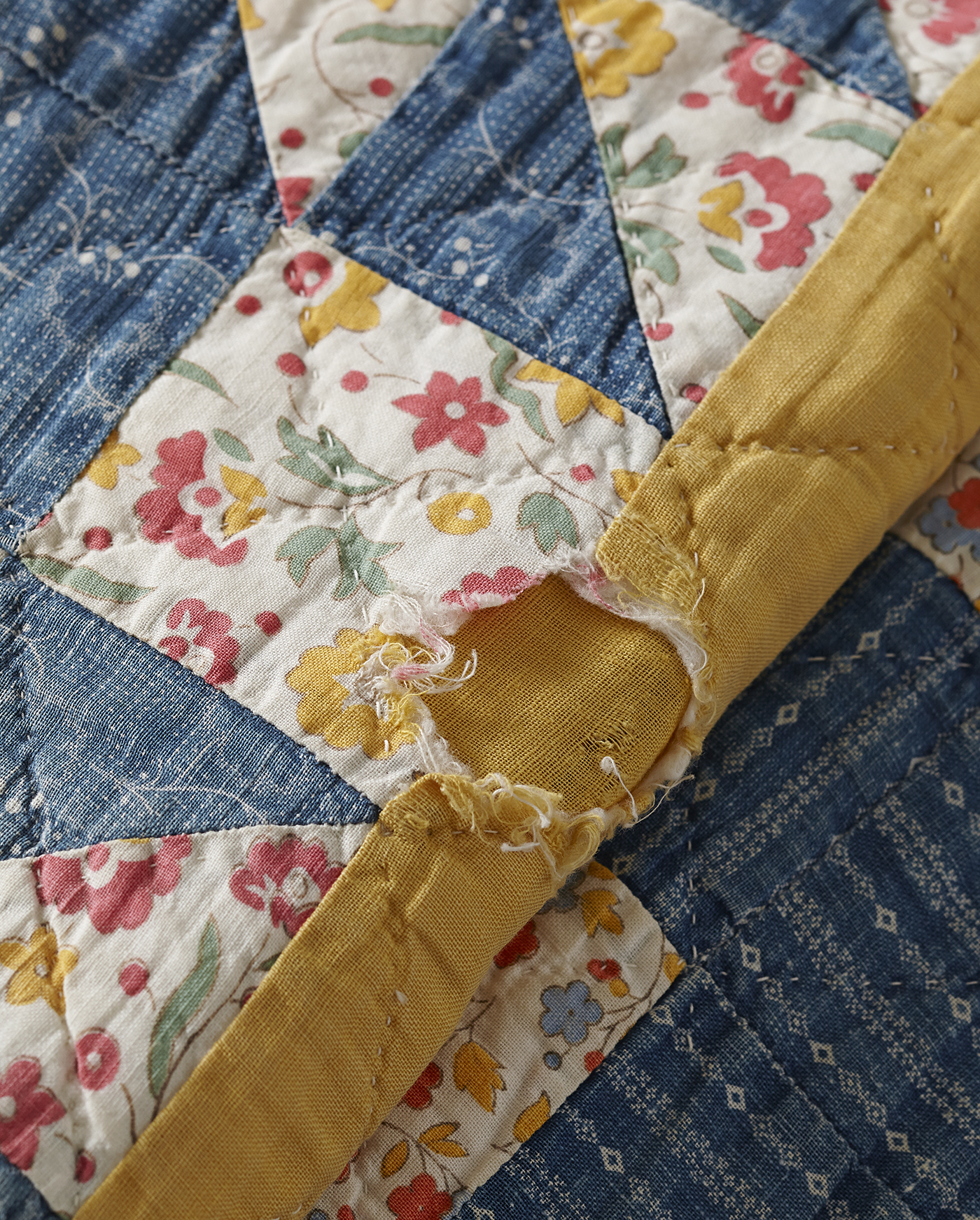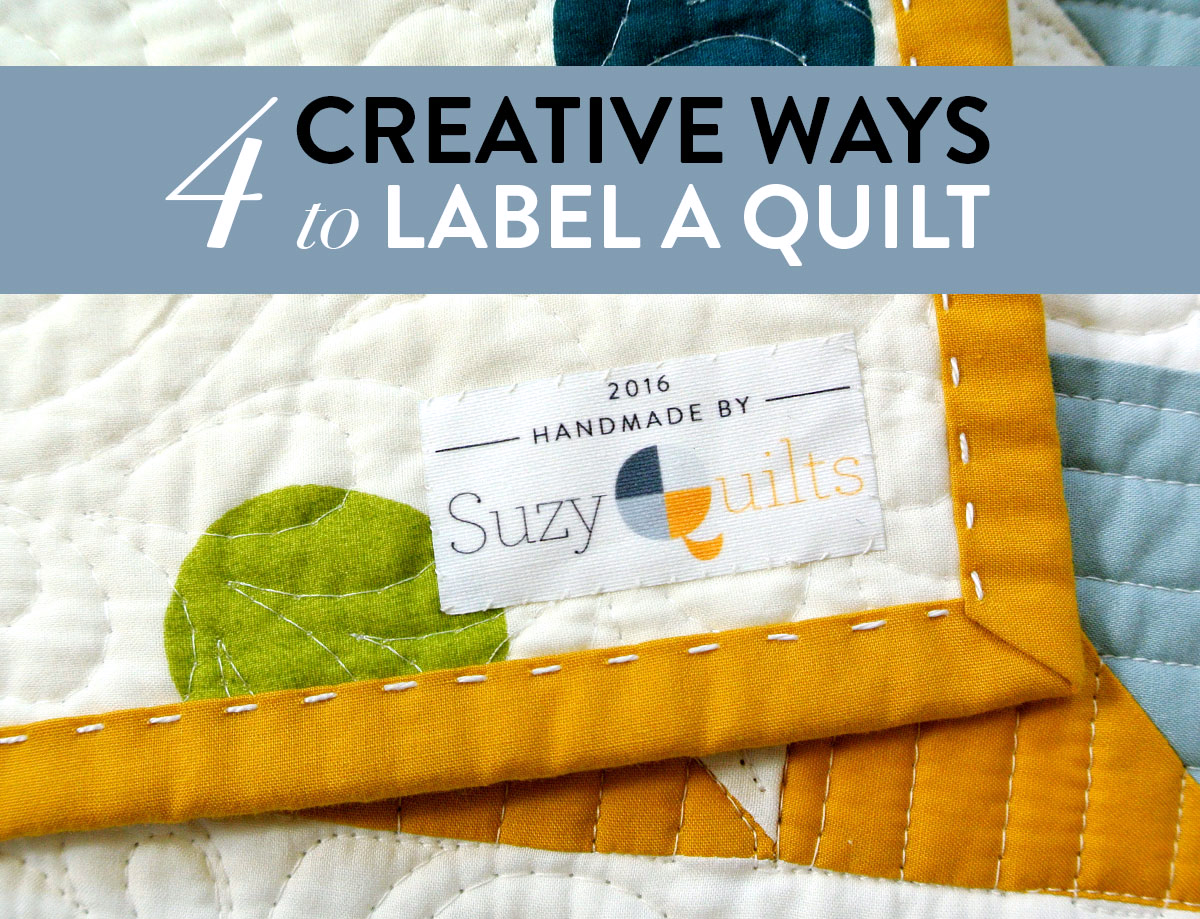Knowing if a quilt is valuable can be difficult to assess. How do you tell if a quilt is worth more than a sentimental value? In this article, we will discuss the factors that can help you determine if a quilt is valuable and give you valuable information on how to tell if a quilt is worth its weight in gold. Read on to find out more about how to tell if a quilt is valuable.
How to Tell if a Quilt is Valuable

Look for Signs of Handmade Work
When examining a quilt for value, one of the most important factors to consider is whether it was handmade or machine-made. Signs that the quilt was handmade include small, even stitches, a lack of machine-like straight lines, and an overall irregular pattern. Handmade quilts are often worth more than machine-made quilts.
Examine the Quilt for Signs of Age
The age of a quilt can affect its value. Quilts that are older are usually more valuable. Look for signs of wear and tear, such as faded color, fraying fabric, or loose stitching. These signs can indicate that the quilt is older. Additionally, consider the style of the quilt and look for clues as to when it may have been made.
Study the Fabric Type and Dye
The type of fabric used to make the quilt and the dye used to color it can affect the value of the quilt. Quilts that were made with expensive, high-quality fabrics and dyes are more valuable. Look for fabrics such as silk, wool, or linen, as well as dyes that are still vibrant in color.
Check the Quilt’s Pattern and Color
The pattern and color of a quilt can also affect its value. Quilts with unique and intricate patterns, such as those made with piecing, patchwork, applique, or other techniques, are more valuable. Additionally, quilts with bold, vibrant colors are usually worth more than those with duller colors.
Look for a Signature or Initials
If the quilt has a signature or initials, this can be another indicator of value. Quilts with signatures or initials are often more valuable, as many quilters would sign their work to mark it as their own.
Identify the Quilt Maker
If the quilt maker can be identified, this can also affect the value of the quilt. Research the quilt maker to determine if they are well-known and respected in the quilting community. If so, the quilt may be more valuable.
When attempting to determine the value of a quilt, all of these factors should be taken into consideration. If the quilt is handmade, old, made of high-quality fabrics, has a unique pattern, vibrant colors, a signature, or was made by a well-known quilter, it is likely to be more valuable. Additionally, research can be done to help date a quilt and determine its value.
How to Date a Quilt

Check for Historical Patterns
Strong clues to the age of a quilt include the pattern used in its construction. Quilt patterns evolve over time, and some of the oldest patterns, such as the Log Cabin, are still in use today. Other patterns, such as the Ohio Star, were popular in the 19th century. If a quilt contains a pattern that is known to have been used in a certain period, it can give you an idea of its age.
Look for a Maker’s Label
Quilts made before the 20th century often have a maker’s label, either hand-stitched or printed. This may include the name of the maker, the place and date it was made, and other information. If the quilt includes a maker’s label, you can use this to determine its approximate age.
Identify the Fabrics Used
The fabrics used in the quilt can also help you to date it. Before the 20th century, quilts were often made from fabric scraps, including clothing and upholstery. Many of these fabrics were printed with designs and colours that were popular in certain time periods. If you can identify the fabrics used in the quilt, this may give you some clues as to when it was made.
If you are trying to determine the age of a quilt, all these factors can help you to assess its value. Knowing the age of a quilt is important if you want to know how to tell if a quilt is handmade and how much it is worth.
How to Value an Old Quilt
Examine the Quilt’s Condition
To determine if an old quilt is valuable, it’s important to assess its condition. Inspect the quilt for any signs of wear and tear, such as fading, fraying, or holes. If the quilt appears to be in good condition, this could indicate it is a vintage and valuable piece.
Research Similar Quilts
Comparison is a great way to determine the value of a quilt. Look for similar quilts online, in antique stores, and at auctions. Consider the age, style, and condition of the other quilts, and use this to determine how valuable your quilt may be.
Get an Appraisal
If possible, get the quilt appraised by a professional. They will be able to provide an accurate value for the quilt and give you insight into how to know if a quilt is vintage.
Frequently Asked Questions
What are the key factors to consider when determining the value of a quilt?
Age: The age of the quilt is a major determinant of its value. Generally, the older the quilt, the more valuable it is.
Condition: The condition of the quilt is also an important factor to consider. Quilts that are in good condition, with no wear and tear, will be more valuable than those that are damaged or in poor condition.
Design: The design of the quilt is also important. A quilt with intricate designs, such as applique or patchwork, will typically be worth more than a quilt with a simple pattern.
Materials: The materials used to make the quilt can also affect its value. Quilts made from high-quality, durable fabrics such as silk or linen will be worth more than those made from lesser-quality materials.
Craftsmanship: The craftsmanship of the quilt is an important factor. Quilts made with a high degree of skill, such as hand-stitched quilts, are typically more valuable than those made with less skill.
Authenticity: The authenticity of the quilt is also important. Quilts with provenance, or a documented history, are typically more valuable.
Where can I find professional appraisals of quilts?
Professional appraisals of quilts can be obtained from a variety of sources, such as quilt appraisers, antique dealers, and auction houses. Quilt appraisers are experts in the field and can provide a comprehensive evaluation of the age, condition, and value of a quilt. Antique dealers have expertise in assessing the condition of a quilt and can provide an accurate assessment of its age and value. Auction houses will often provide appraisals as part of their services, and they can be a good source of information on the value of a quilt.
Are there any common signs of a quilt’s age or quality that I should look out for?
- Fabric: Look for signs of fading or wear on the fabric, which can indicate the age of the quilt.
- Stitches: Examine the quilt for hand-sewn stitches, which are a sign of quality and suggest an older quilt.
- Stains: Stains can be a sign the quilt is older, but too many stains can diminish the value.
- Pattern: Look for traditional quilt patterns that are of a certain age, such as a Log Cabin or Cross and Crown.
- Edges: Check the edges of the quilt to see if they are frayed or uneven, which can be a sign of age.
How Has the Value of Quilts Changed Over Time?
- Early Quilts: During the 18th and 19th century quilts were mainly used as a practical tool to keep warm and were not considered valuable. The quilts were made with whatever fabric was available, including cotton and wool fabrics, and they often featured very basic patterns.
- 20th Century Quilts: During the 20th century, quilts began to become more of a decorative item and a way to express the quilter’s creativity. Quilts with more intricate patterns, such as appliqué, began to become popular and the fabrics used were often more expensive. As a result, quilts from this period are often considered more valuable.
- Modern Quilts: In the modern era, quilts have become even more valuable as people appreciate the craftsmanship and skill involved in creating them. Quilts are now seen as works of art and are often valued based on the quality of the fabric, the complexity of the pattern, and the condition of the quilt. Additionally, antique quilts from the 18th and 19th centuries are also highly sought after and can be extremely valuable.
How do I find out the history of a particular quilt?
Research the Quilt Maker:
- Identify the quilt maker, if possible. Ask family members or research at local libraries, historical societies or online.
- Look for photos, articles or books written about the quilt maker.
- Check for any known awards or recognitions the quilt maker may have received.
Research the Quilt Pattern:
- Identify the pattern of the quilt.
- Research the pattern by searching online, library databases or quilting magazines.
- Look for books, articles or magazines dedicated to the pattern.
- Find out when the pattern was popular and where it originated.
Research the Quilt Itself:
- Inspect the quilt for clues to its age, origin and condition.
- Look for labels, signatures or inscriptions on the quilt.
- Search online for similar quilts.
- Check auction and antique websites for sold quilts similar to yours.
Conclusion
When determining the value of a quilt, there are several factors to consider. The quilt’s condition, its age, history, rarity, aesthetic appeal, and the craftsmanship of the quilt all play a role in determining its value. Ultimately, the worth of a quilt depends on its buyer and how much they are willing to pay for it.






